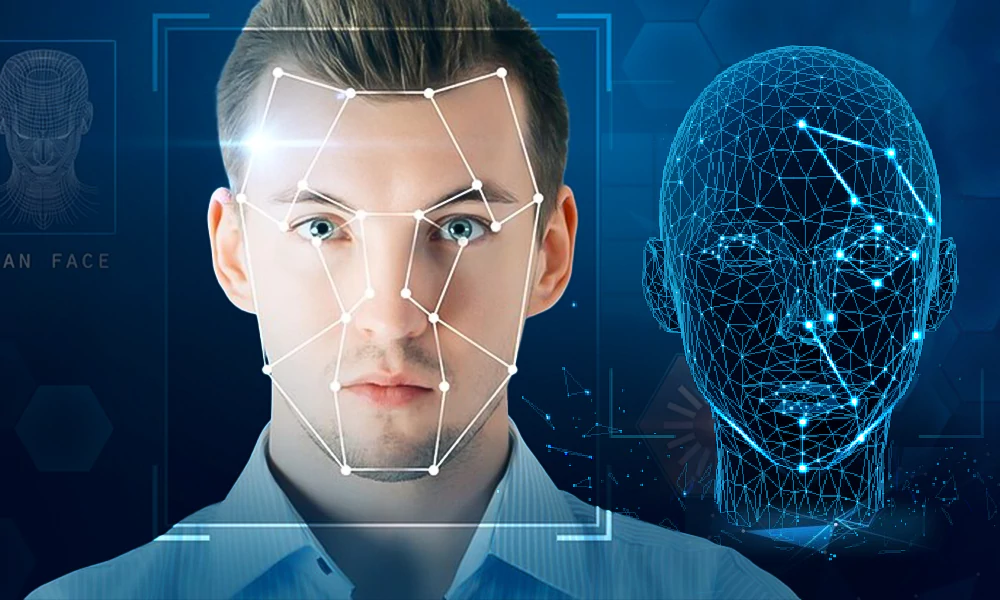



Face spoof detection is an additional layer of security in face recognition systems and is used to detect the identity of the users. Data breaches and money laundering are controlled through it; companies can enhance their security. Cyber crimes are increasing daily; legal authority has made it essential to comply with the Anti-Money Laundering (AML) and Know Your Customer (KYC). In 2023, the cyber threat intelligence market value was about 11.6 US billion dollars, expected to double in 2027. The increasing ratio of cyber crimes can be controlled by spoof detection; companies can gain a competitive advantage by integrating these solutions.
Face spoofing means using tricks and techniques to bypass biometrics; face detection online is used to control these activities. These solutions check the liveness of the client and then grant access; most scams are done by presenting stolen images of the client to the scanner. This biometric system is very advanced; it only gives access if the actual presence of the customer is ensured. In this way, phishing and malware attacks can be discouraged.
Scammers use new tactics to bypass biometric face recognition. Here, we will discuss the most common spoofing attacks:
Hackers make the client’s mask with the help of silicon, and a 3-dimensional dummy is made. It resembles the face of the customer, and the scammers present it in front of the scanner. So that the biometric system recognizes it as a legitimate person, they successfully bypass the first step, in which user features are identified. Still, they need help to go through the second step, in which impressions of the client are required. Face spoof detection is used to discourage 3D mask spoofing.
Previously stored images or videos of the client are used to bypass the security system; the scammers steal the client’s vision. Hackers take the impression of the user from the biometric and then present it to the scanner so that it recognizes it as a natural person. Scammers sometimes copy the head movement or blinking action of the user. Face liveness detection controls these scams, as these scanners will grant access after properly verifying the customer’s attention.
Print attacks involve fake pictures of the client stolen from the internet. The hackers present the user’s image before the biometric face recognition so that the scanner considers it the natural person. The latest face spoof detection is impossible to bypass because it detects the user’s liveness.
Biometric systems have shown wonders in every industry, and these solutions enhance the preservation of the companies. However, hackers are very advanced as they bypass scanners using 3D masks, replay, and print attacks. The latest face spoof detection methods are used to discourage all fraudulent activities. Decoding these solutions is unattainable; companies can install these cameras to safeguard their credentials. In companies that are successfully implementing these solutions, the customer retention rate is observed in them. Clients prefer organizations that keep their personal information in safe hands and prevent them from future losses.
Water is essential for life, and staying hydrated throughout the day is crucial for maintaining… Read More
Cybersecurity has grown to be a major worry for both individuals and corporations in the… Read More
Key Takeaways: Professional office cleaning services in Atlanta create a positive impression on clients and… Read More
Have you ever considered renting a property in Canada as an international tenant? Navigating the… Read More
GoMeet is a free video chat app similar to CooMeet that enables you to meet… Read More
In the ever-evolving world of digital marketing, on-page SEO remains a fundamental component for achieving… Read More